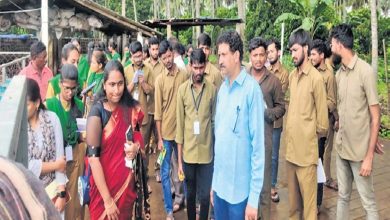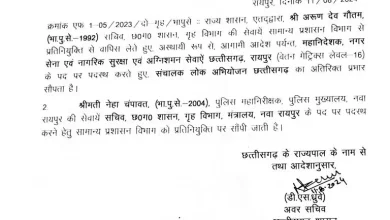SNDP reduces urban flooding problem in Hyderabad

Hyderabad: The long data problem of urban flooding in Hyderabad, a challenge that has persisted for decades and faces recurring difficulties every monsoon, has subsided in different parts of the city. Systematic interventions of the last decade and the Strategic Drainage Development Program (SNDP) have reduced the problems of “settlement”, especially in low-lying areas.
Congress also mentioned the issue in its manifesto and promised that “Hyderabad will be made a flood-free city and the canal system will be modernized”.
However, this vision is shared by the SNDP, which will be launched in 2022. The project aims to reduce urban flooding through renovation of the storm water drainage network in the city and was launched by the previous BRS government. Following the dire consequences suffered during the 2020 Hyderabad floods, a total of Rs 985.45 million was sanctioned in Phase I and the authorities plan to launch Phase II.
While 36 works were proposed within GHMC limits using Rs 747.45 million, another 21 were proposed by local urban neighborhood bodies with Rs 238 million, taking the total number to 57. The works completed were around 26 areas in GHMC area. ,
Bathula Cheruvu to Injapur Nala, bridge to the temple of Nalla Pochamma, Colony Al-Zubail in Falaknuma, Bandlaguda Cheruvu to Nagole Cheruvu and another bridge near Nagamaiya Kunta Nala are some of the areas where Kabo work was done. The rain water drainage system in these areas was renovated with restoration of tank chains and identification of alternative routes to divert rain water to low-lying areas. Since some of the city’s drains were already neglected and encroached upon, officials had to demolish structures built on them whenever possible.
Apart from rerouting the main drains passing through the city and building drainage boxes, the BRS government built several containment walls to ensure that they do not overflow after heavy rains. He also worked to solve problems in many areas. As a result of these multiple interventions, the areas where work has been completed will be largely free from floods during the monsoons of 2022 and 2023.
















